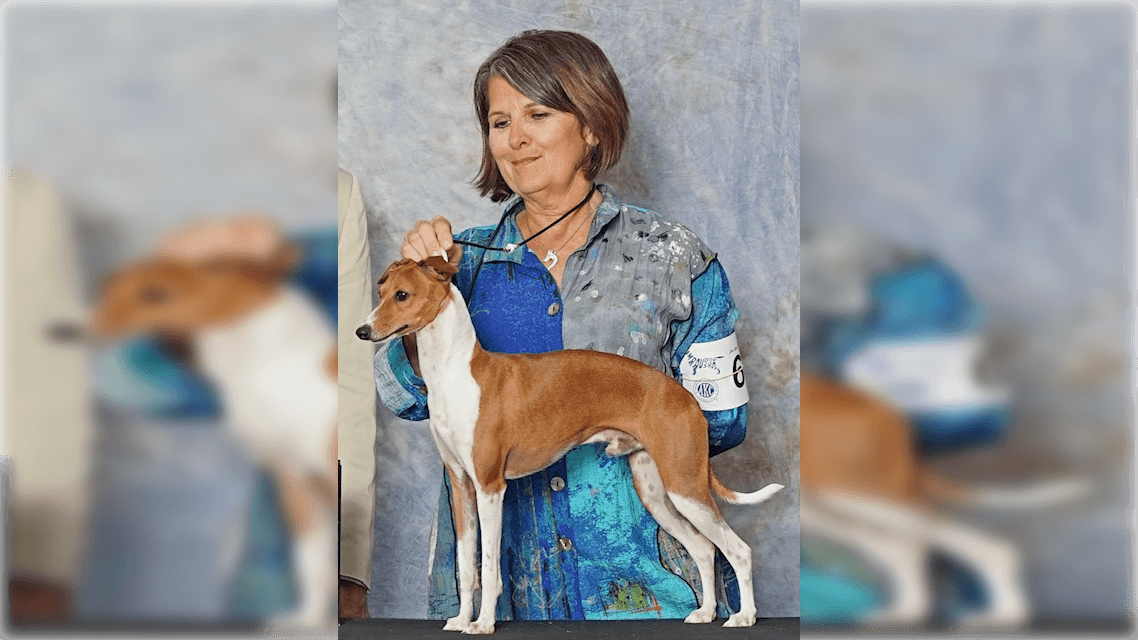


Home » Kimberly Frennier | Infiniti Italian Greyhounds

Kimberly Frennier
1. I am a small Preservation Breeder located in East Texas. I started showing in 1994 and my first litter was born in ‘99 under the Infiniti prefix.
2. I typically choose show prospects by focusing on the qualities I want to keep from the sire and dam, while avoiding the qualities I want to improve upon. For performance prospects, I look for drive and focus.
3. Structurally, I feel like our breed is more consistent than it has been in the past. We are seeing better toplines, outlines, and movement.
4. The sport has evolved a great deal in 30 years, but it remains focused on dogs and camaraderie. Judging for my breed can be a challenge because of their unique topline and side gait, but I do feel that our current judge’s education has helped considerably with this. The distance between some shows is more of a concern to me than the number of shows. In my area, having two shows on the same weekend that are 4-6 hours apart hurts both clubs.
5. I feel like social media is both very good and very bad for dog shows. It helps with major building, transport, and looking for any kind of help. It makes so much information so much more accessible. On the downside, some dogs are promoted in a way that makes them appear better than they are, and some great dogs aren’t promoted at all.
6. The biggest challenge facing the dog show community is the declining numbers. So many of the show-giving committees are older and there are too few people interested in taking their place.
7. The biggest positive change is the availability of information. Everything from screening potential homes to looking at dogs across the country or abroad is easier than it once was.